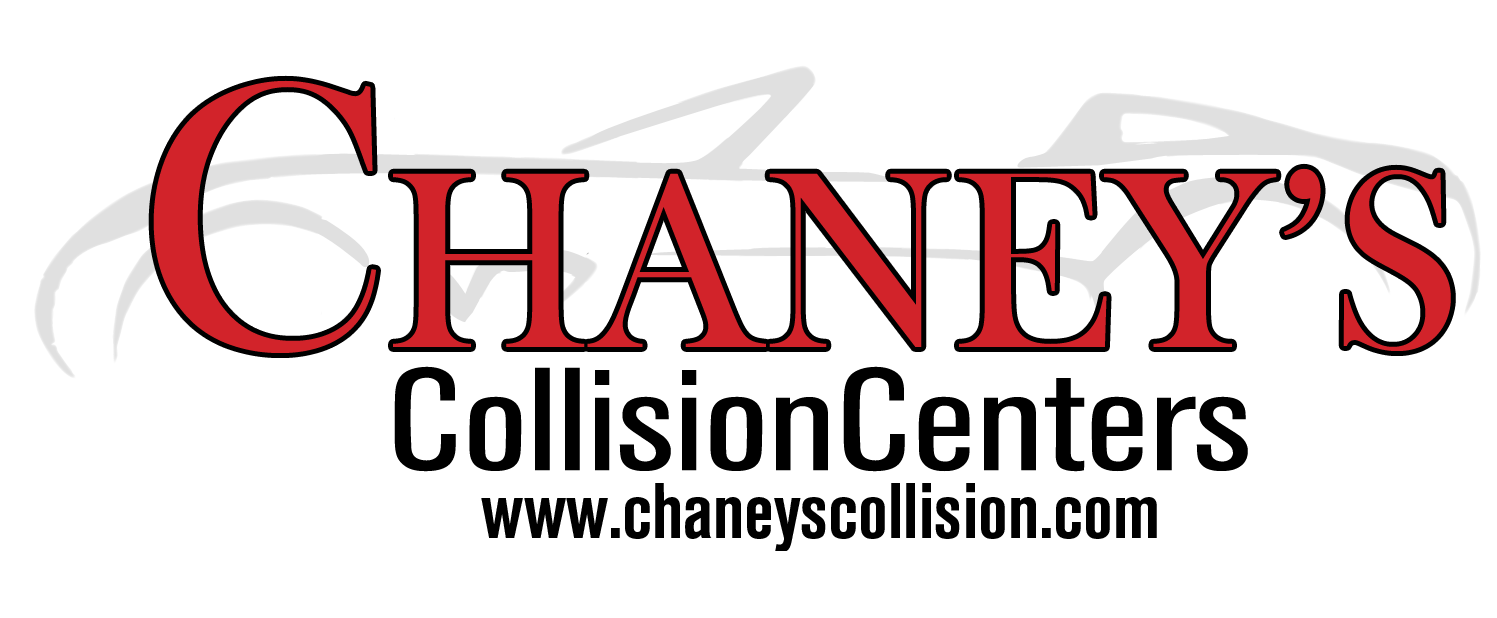What Is the Difference Between Structural and Cosmetic Damage?
 When your vehicle is involved in an accident, understanding the type of damage it has sustained is essential for making informed repair decisions. At Chaney’s Collision Centers, we’re committed to helping customers distinguish between structural and cosmetic damage—two terms that greatly affect repair methods, costs, and your car’s overall safety.
When your vehicle is involved in an accident, understanding the type of damage it has sustained is essential for making informed repair decisions. At Chaney’s Collision Centers, we’re committed to helping customers distinguish between structural and cosmetic damage—two terms that greatly affect repair methods, costs, and your car’s overall safety.
Defining Cosmetic Damage
Cosmetic damage refers to surface imperfections that impact your vehicle’s appearance but do not interfere with its core function or safety. These issues are often easy to spot and include:
- Scratches and Paint Chips: Caused by small collisions, road debris, or even vandalism.
- Minor Dents and Dings: Resulting from low-speed impacts, shopping carts, door bumps, or hail.
- Broken Lights or Mirrors: Exterior components that can be easily swapped out or repaired.
- Bumper Scuffs and Minor Panel Damage: Limited to the surface and not affecting underlying components.
While they don’t affect drivability, leaving cosmetic damage unchecked can lead to corrosion or further deterioration, potentially harming your vehicle’s value over time.
What Qualifies as Structural Damage?
Structural damage reaches deeper, affecting your vehicle’s underlying framework or components essential to safety and performance. Key areas that may sustain structural damage include:
- Frame Rails and Unibody Structure: The car’s backbone, critical for crash protection and alignment.
- Crumple Zones: Designed to absorb impact; damage here can compromise future safety.
- Subframe and Suspension Mounts: Impacting vehicle handling, alignment, and tire wear.
- Roof Supports and Pillars: Crucial for rollover protection and cabin integrity.
These issues may not always be immediately visible and can occur even after seemingly minor impacts. Warning signs include uneven panel gaps, doors or hoods not closing properly, strange noises, poor alignment, or visible bending under the vehicle.
Distinguishing the Two: Why It Matters
Understanding which type you face helps determine:
- Repair Approach: Cosmetic issues are often fixed with paintless dent repair, touch-ups, or part replacement. Structural damage may need frame straightening, welds, or major component replacements, requiring advanced equipment and expertise.
- Safety: Driving with unresolved structural damage puts occupants at risk during future collisions.
- Cost and Time: Superficial repairs are less expensive and quicker, while structural fixes are more involved.
Importance of Professional Assessment
While surface damage might seem purely cosmetic, hidden structural issues can lurk beneath. Professionals at Chaney’s Collision Centers use specialized diagnostic tools to thoroughly assess vehicles post-accident, ensuring both structural integrity and appearance are restored.
Conclusion
Distinguishing between cosmetic and structural damage is crucial for safety, cost management, and peace of mind. Whether it’s a scuffed bumper or frame alignment concern, Chaney’s Collision Centers stands ready to provide expert analysis and the highest quality repairs—returning your vehicle to its best form, inside and out.

